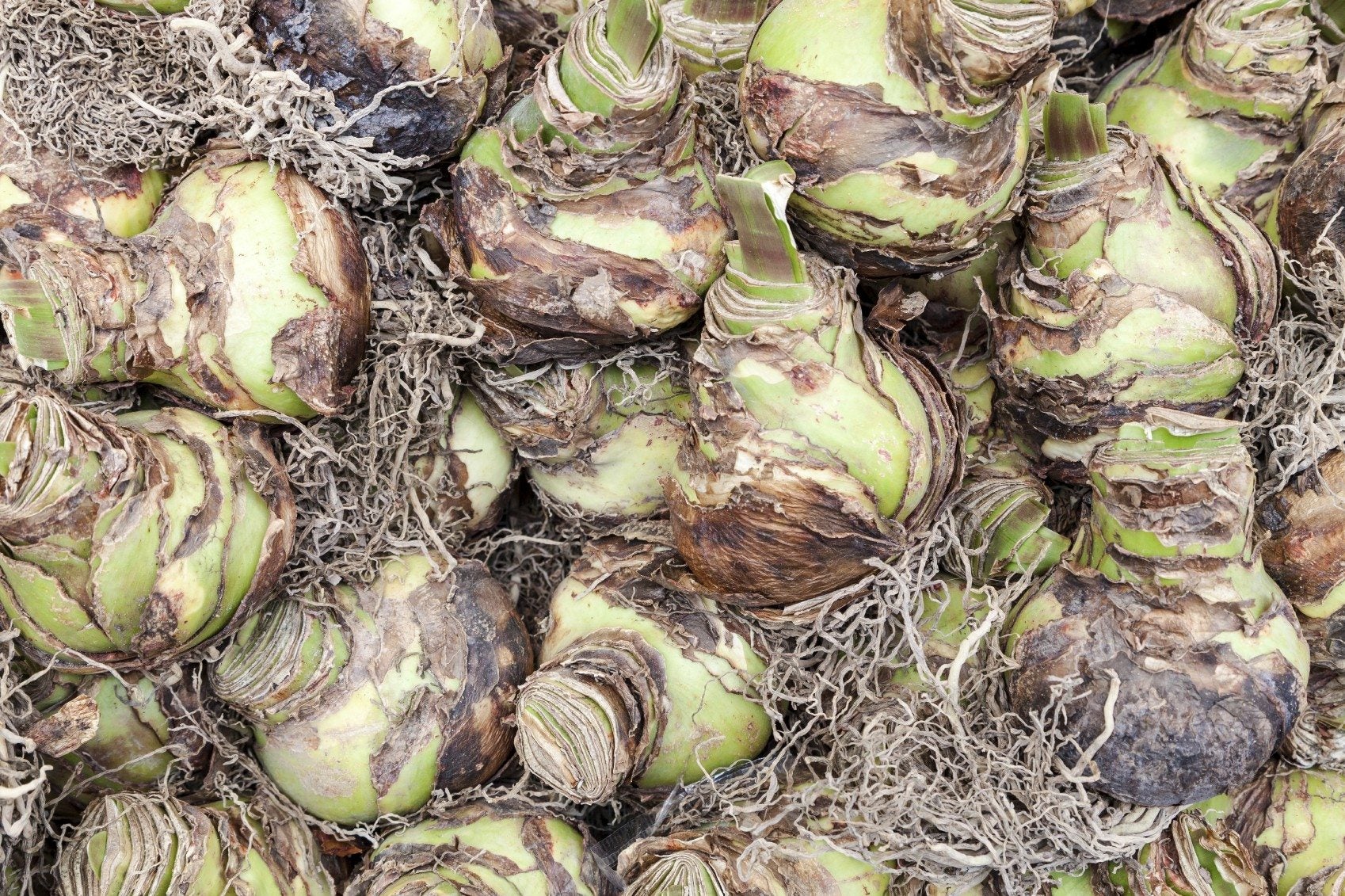Amaryllis Bulbs In Winter: Information About Amaryllis Bulb Storage


Amaryllis flowers are very popular early-blooming bulbs that make for big, dramatic splashes of color in the dead of winter. Once those impressive blossoms have faded, however, it’s not over. Storing amaryllis bulbs over the winter is an easy and effective way to get recurring blooms for years to come. Keep reading to learn more about amaryllis bulb storage and how to overwinter an amaryllis bulb.
Storing Amaryllis Bulbs in Winter
Once the flowers of your amaryllis have faded, cut back the flower stalks to ½ an inch (1.5 cm.) above the bulb. Don’t cut the leaves yet! Your bulb needs the leaves in place to gather energy to make it through the winter and grow again in the spring. If you move it to a sunny spot, it can gather even more energy.
If it’s in a pot with drainage holes and your nights are warmer than 50 F. (10 C.), you can move it outside. If your pot does not have drainage holes, don’t put it outside - the rain will build up and rot your bulb. You can transplant it outside into your garden for the duration of the summer, though. Make sure to bring it inside again if there’s any danger of frost.
Amaryllis Bulb Storage
When the foliage starts to die back naturally, cut it back to 1-2 inches (2.5-5 cm.) above the bulb. Dig your bulb up and store it in a cool, dry, dark place (like a basement) for anywhere between 4 and 12 weeks.
Amaryllis bulbs in winter go dormant, so they won’t need any water or attention. When you want to plant your bulb, place it in a pot not much bigger than the bulb, with its shoulders above the soil. Give it one good drink of water and place it in a warm, sunny window. Before long it should start growing.
Sign up for the Gardening Know How newsletter today and receive a free copy of our e-book "How to Grow Delicious Tomatoes".

The only child of a horticulturist and an English teacher, Liz Baessler was destined to become a gardening editor. She has been with Gardening Know how since 2015, and a Senior Editor since 2020. She holds a BA in English from Brandeis University and an MA in English from the University of Geneva, Switzerland. After years of gardening in containers and community garden plots, she finally has a backyard of her own, which she is systematically filling with vegetables and flowers.